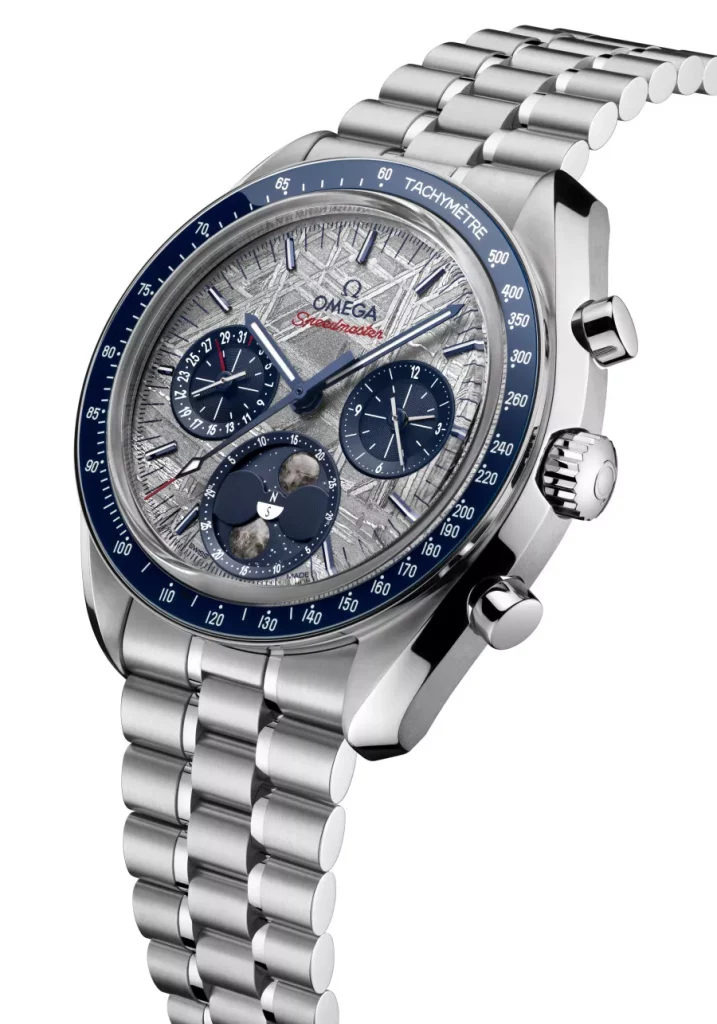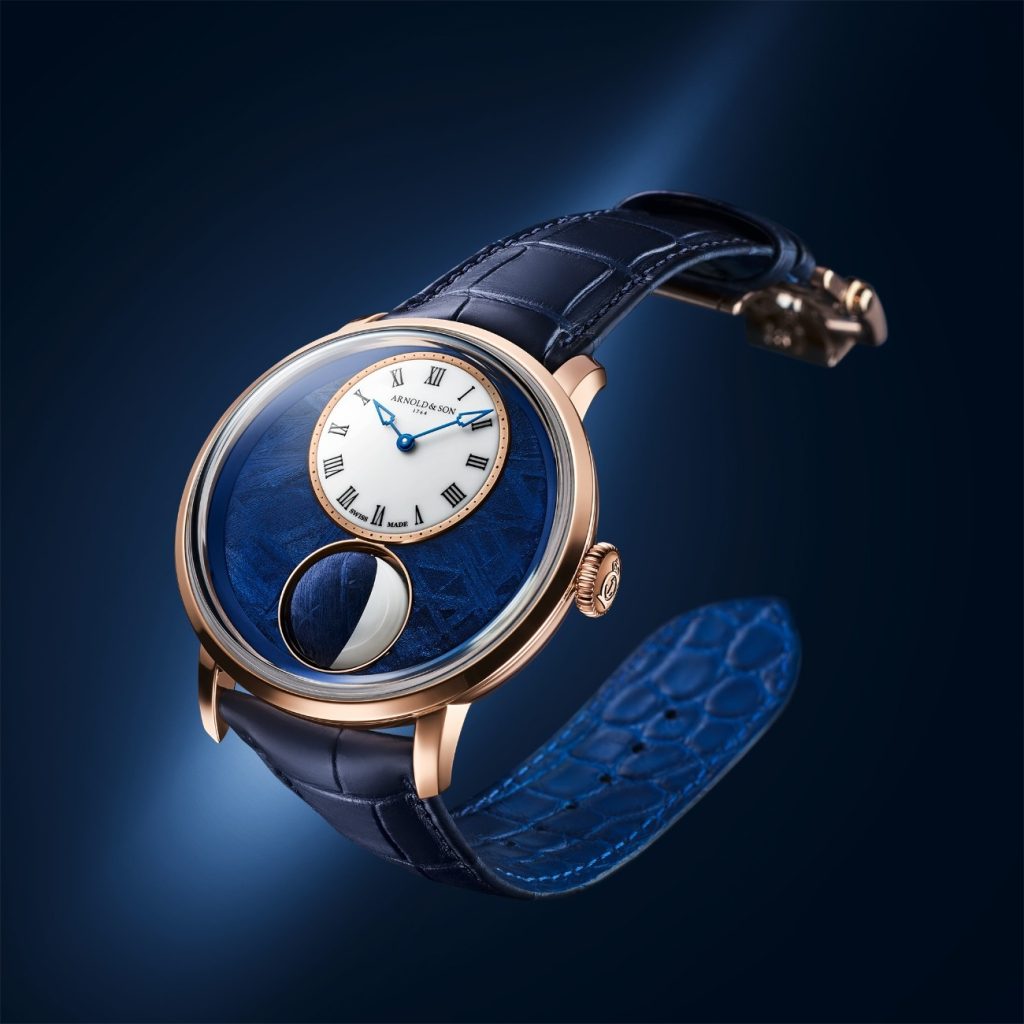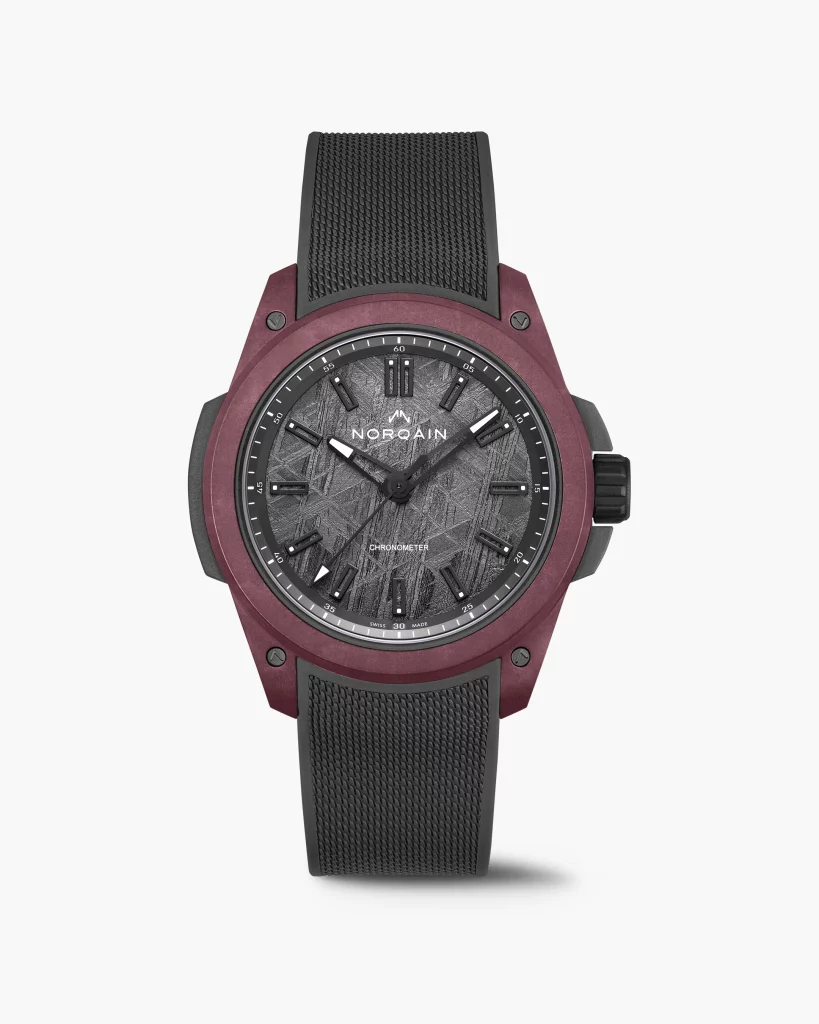What Are Meteorite Dials? The Cosmic Story Behind Watches Made From Space Rock
Discover the fascinating world of meteorite dials, how ancient space rocks become luxury watch faces, and why their celestial patterns make each timepiece uniquely extraordinary
When you think of luxury, you picture gold, diamonds, maybe a bit of artisanal guilloché that someone in Switzerland spent three winters perfecting. But then you discover meteorite dials—watch faces carved out of ancient cosmic debris that has spent a few billion years minding its own business somewhere between Mars and Jupiter before crash-landing on Earth like an interstellar Amazon package. And suddenly, everything else feels… well, slightly pedestrian. Because there’s something outrageously indulgent about looking at your wrist and realising the dial you’re admiring is older than the Earth beneath your shoes. It’s the horological equivalent of lighting a cigar with a volcanic eruption—excessive, dramatic, spectacularly unnecessary, and yet you absolutely, undeniably want it. These dials shimmer with Widmanstätten patterns—geometric streaks formed over millions of years of slow cooling in deep space—which makes every watch look like the universe had a go at making modern art long before humans figured out fire. Outlook Luxe turns the spotlight on several remarkable meteorite-dial watches launched in the last few years — timepieces that fuse ancient stardust with modern craftsmanship.
Rolex Cosmograph Daytona

This 40mm timepiece has an 18k white gold case which is fitted with a monobloc Cerachrom bezel in black ceramic with a tachymetric scale. With its origins in the far reaches of the solar system, the material which adorns the dial of these new Cosmograph Daytona watches – metallic meteorite – comes from an asteroid that exploded millions of years ago. The dial also gets black chronograph counters at 3 o’clock, 6 o’clock and 9 o’clock. Powering the watch is calibre 4130 with a 72-hour power reserve.
Also Read: The Small Seconds Story: Why Some Watches Keep Time On A Sub-Dial Instead Of A Central Hand
Zenith Chronomaster Sport Meteorite

Encased in a 41mm stainless steel case, this model gets pump-style pushers at 2 o’clock, and 4 o’clock with a black ceramic bezel, graduated over 10 seconds. Meticulously hand-finished to reveal the unique Widmanstätten pattern, a naturally occurring geometric structure formed by the slow cooling of molten iron in space, the grey meteorite dial is never replicated, never repeated. At its core beats the El Primero 3600, the latest generation of ZENITH’s legendary chronograph calibre. With a 5 Hz (36,000 VpH) frequency and a silicon escape wheel, it enables the chronograph hand to make a complete rotation every 10 seconds, capturing elapsed time to the nearest tenth of a second. Its 60-hour power reserve and stop-seconds mechanism deliver reliability and precision.
Omega Speedmaster Moonphase Meteorite

This 43mm stainless steel timepiece gets a galvanic grey coated meteorite dial on a blue PVD coated base, with a blue ceramic bezel and white enamel tachymeter scale. The 18K gold hour markers and hour-minute hands are blue PVD coated, while the subdial hands appear in 18K white gold.The 3 o’clock subdial offers a 60-minute and 12-hour recorder, while at 9 o’clock, there is a Small Seconds subdial with a date display featuring a red anodized aluminium hand, and at 6 o’clock, the Moonphase indication shows two cabochon Moons, which have been crafted from genuine pieces of Moon meteorite. Powering the watch is calibre 9914 with a 60-hour power reserve.
Also Read: The Top 7 Stone Dials That Are Rocking Horology With Nature’s Timeless Allure
Arnold & Son Luna Magna Red Gold Meteorite

This 44mm 18K red gold gets a blue PVD-treated meteorite dial, and the subdial displays the hours and minutes has a milky, almost lunar sheen thanks to its surface in opal. The spacious dial, freed up by the structure of this display, is made from a large disc of ferrous meteorite coloured blue using the PVD process. The warm glow of the red gold, which contrasts with the midnight-blue dial. Powering the watch is calibre A&S1021, a manual windng movement with a 90-hour power reserve.
Norqain Wild ONE 42mm Meteorite Special Edition

The Meteorite Special Edition is the first-ever timepiece to integrate genuine extraterrestrial material. Forged from an iron meteorite that journeyed across our solar system, pierced through Earth’s atmosphere, and was discovered in northern Sweden. Crafted from our proprietary ultra-robust and ultra-light NORTEQ carbon fibre composite, the watch has a 42mm Burgundy NORTEQ cage. The anthracite iron meteorite dial gets diamond-cut flat skeleton hour markers, black plated with white X1 Super-LumiNova® spots, and diamond-cut, black plated faceted hour, minute, and second hands. Powering the watch is calibre NN20/1 by Kenissi, a COSC movement with a 70-hour power reserve.